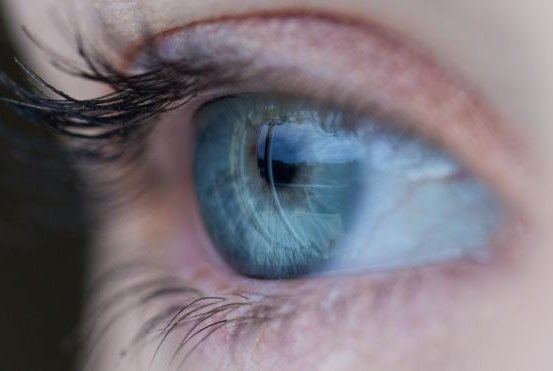Researchers have developed a therapy that treats inherited eye disorders uilizing gene editing, according a study involving dogs. Photo by
Free-Photos/pixabay
Aug. 21 (UPI) -- Utilizing gene editing, researchers have developed a therapy that treats a group of inherited eye disorders, according a study involving dogs.
The technique stopped vision loss and improved sight in animals with retinitis pigmentosa, a group od inherited diseases that kill light-sensitive cells in the retina. The findings by the University of Florida Health and Penn Medicine researchers were published Monday in the Proceedings of the National Academy of Sciences.
"We've known for decades that this specific molecule causes a specific form of retinitis pigmentosa, but developing a treatment has not been straightforward," co-lead author Dr. Artur V. Cideciyan, research professor of ophthalmology at Penn Medicine, said in a press release. "Now, with these elegant results based on years of study in dogs we can start working toward treating these mutations and prevent deterioration of photoreceptor cells in humans."
In retinitis pigmentosa, there is a breakdown of cells in the retina, which is the light-sensitive tissue that lines the back of the eye, often leading to poor nighttime vision and a loss of peripheral vision, according to the National Eye Institute.
Retinitis pigmentosa is estimated to affect between 1 in 3,500 to 1 in 4,000 people in the United States, according to the National Institutes of Health.
More than 50 genes carry the instructions for making proteins needed in retina's cells, called photoreceptors.
In the technique developed for the first time in dogs by researchers, a small, harmless virus delivers genetic material.
With the gene delivery vehicle, known as an adeno-associated virus, or AAV, vector, it silences the mutant rhodopsin gene that causes retinal degeneration and also delivers a normal, replacement copy of the gene.
The process saved photoreceptor cells.
"We were able to save cone vision in the dogs," Dr. Alfred Lewin, a professor in the UF College of Medicine's department of molecular genetics and microbiology and a member of the UF Genetics Institute, said. "If we can do that in people, it will save the central vision that allows them to recognize faces, read and watch television."
The virus earlier was safe in humans and mice.
UF Health researchers constructed the virus and its genetic payload. Penn researchers treated 10 beagles with naturally occurring retinitis pigmentosa.
In nine weeks, the therapy "considerably reduced" mutant ribonucleic acid levels compared with untreated areas of the eye, the researchers found. Eight months after treatment, it completely protected rod cells, which are the retina's other type of photoreceptor cell in the retina.
"It's a one treatment fits all," co-lead author Wlliam A. Beltran, a professor of ophthalmology at Penn's School of Veterinary Medicine. "The treatment targets a region of the rhodopsin gene that is homologous in humans and dogs and is separate from where the mutations are located. That gives us great hope about making this a translational treatment."
By developing a genetic "platform" technology, Lewis believes the process could work on similar genetic mutations that cause blindness and even other diseases, including ones that cause kidney and liver cysts. They all arise from a single copy of a mutant gene.
Michael Massengill, a student in the UF M.D-Ph.D. program, helped construct and test the virus even though finding a gene therapy to address retinitis pigmentosa was particularly challenging. This is because the mutated gene must be silenced rather than delivering a functional replacement gene, Lewin said.
Researchers plan to conduct long-term studies in dogs to find the ideal therapeutic dose.















